America’s #1 Trainer Ben Greenfield on Designing Your Ideal Exercise, Nutrition, & Supplement Regimen
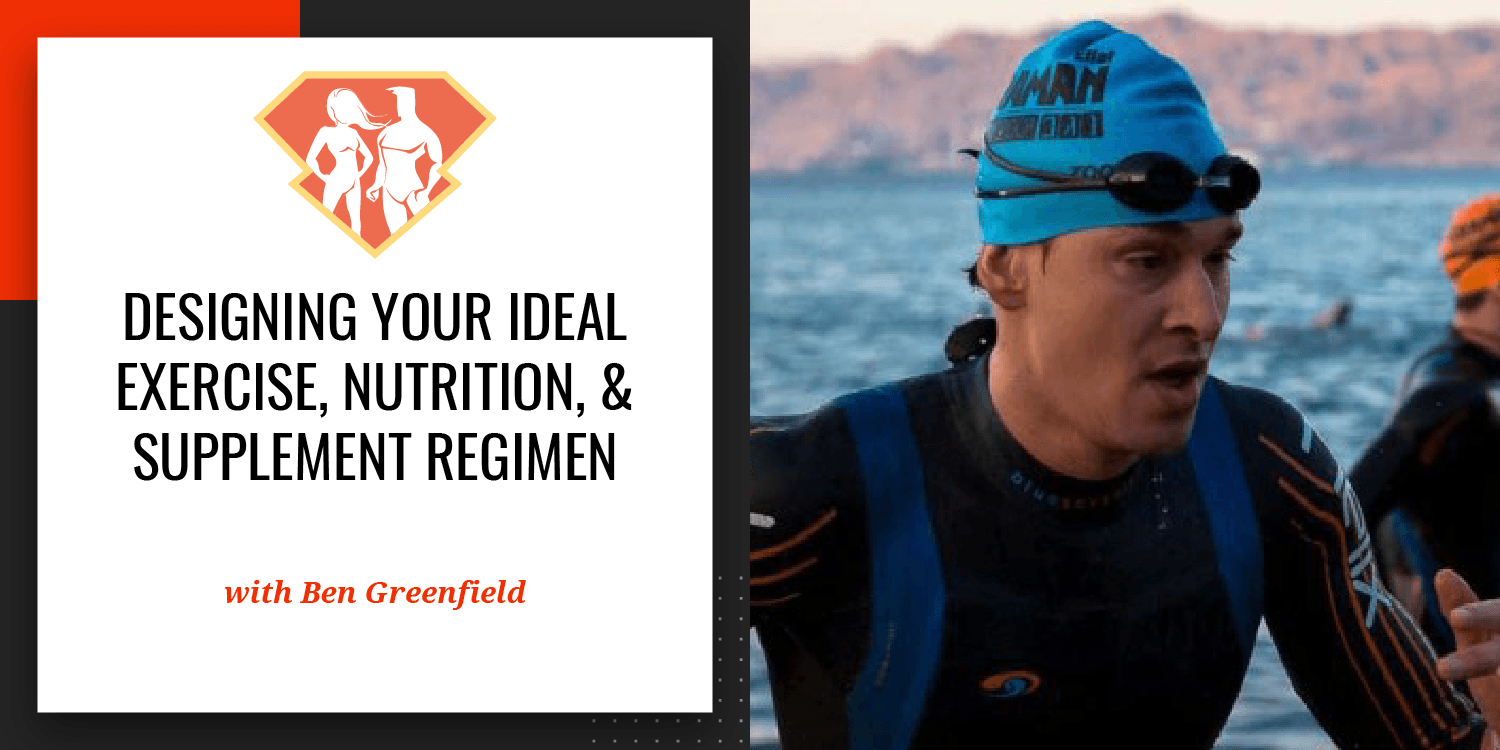
Howdy, superfriends! Welcome to this week’s show. Our guest today is Ben Greenfield, the New York Times Bestselling Author of “Beyond Training: Mastering Endurance, Health, and Life,” as well as about 30 other books on how to feel and become SuperHuman. He’s been nominated as one of the top personal trainers in America, and has been voted among the top 100 most influential individuals in health and fitness for the last 2 years.
He also runs one of the top-ranked health and fitness podcasts on the web, where he continues to explore functional exercise, nutrition, and human performance overall. You’ve probably already seen him or his work in the Huffington Post, WebMD, Men’s Health, Shape, NBC, Fox… the list goes on and on.
One of the things I enjoyed most about this interview is that Ben does NOT talk down to you guys as an audience. He is direct, to the point, and not at all afraid to get technical and really hit you with some of the hard science. We talk about the ideal mix of exercise and movement for a healthy life, determining the right diet for you, supplementation, and just generally how to look, feel, and perform your best. It’s a quick interview, and packed with knowledge. Just one caveat / apology, the interview does have a very abrupt ending, as my guest and I were disconnected towards the end and ran out of time while trying to reconnect. We’ve edited it the best we can, but please forgive the less-than-polished ending.
Please help us cover the (growing) costs of producing the show by checking out our sponsors:

This episode is also made possible entirely by Fiverr, not just because they help us cover our expenses, but also because all of our music, intros and outros, and even our editing is actually done through fiverr. We rely heavily on their endless availability of different services all available from just $5.
In this episode, we discuss:
- Altitude training vs. normal training and the role of tryptophan
- Why Ben Greenfield is anti-gym
- Body weight vs. weighted exercise
- What does being SuperHuman mean to an expert like Ben Greenfield?
- The 4-component exercise regimen for all-around excellent physical health
- Sympathetic vs. Parasympathetic nervous system activation
- What time of day should you do what types of exercise?
- Why intermittent fasting and exercising while fasted works so well
- The value behind standing desks
- Compound lifts, and how they increase testosterone and overall physical health
- Adapting Ben's recommended exercise regimen for a competitive athlete
- Ben's thoughts on diet and nutrition, and how people's needs vary
- How would Ben “clean up” someone who was coming off an average American diet?
- How do people with different ancestries react differently to specific dietary plans?
- What exactly does Ben Greenfield eat every day?
- Thoughts on eating the same foods every single day
- Thoughts on glycemic index, insulin sensitivity, carb backloading, and carbohydrates
- Ben's thoughts on CrossFit, the prevalence of overtraining, and where it falls short
- Ben's approach to supplementation and choosing the right ones for you
Resources Mentioned in This Episode:
- Hypoxico Altitude Training Systems (Or this much more affordable option)
- Pu-erh tea
- Standing desks (my article on how to make one)
- Standing desk floor matts such as Topo (I'm waiting on mine!)
- The Westin A. Price Diet
- Non-dairy protein powders such as Pea, Rice, or Hemp Protein
- DIY testing companies WellnessFX, Direct Labs, Genova Diagnostics, and Inside Tracker
- Ben Greenfield's many books (please use this link!)
- Ben Greenfield's site, which includes his exceptional podcast
Favorite Quotes from Ben Greenfield:
“[On nutrition] I don't follow or advocate anything. I think it's silly because of biokinetic individuality and genetic individuality to dig ourselves into saying this diet is right or this diet is right.”
Transcript:
Introduction: Welcome to the Becoming SuperHuman Podcast, where we interview extraordinary people to bring you the skills and strategies to overcome the impossible. And now here's your host, Jonathan Levi.
Jonathan Levi: Before we get started today, I just want to let you guys know that this episode is brought to you by ONNIT from their awesome fitness equipment their ultra high-quality health supplements ONNIT offers an entire range of products to help you Become SuperHuman. Check them out at jle.vi/onnit and use the coupon code: getonnit for 10% off today. This episode is also brought to you by Fiverr the world's largest marketplace for just about any outsourced or freelance service you can think of. All starting at only $5. Please support the show by visiting jle.vi/fiverr with two r's today.
Greeting, SuperFriends, and welcome to this week's episode of the Becoming SuperHuman Podcast, where we talk about napping and ice and everything nice, or at least everything that will help you get the most out of your mind and body in that vein.
Our guest today is a New York Times Bestselling Author of Beyond Training: Mastering Endurance, Health, and Life. I love that title. You guys, he's also written about 30 other books on how to feel and become and look SuperHuman. He's been nominated as one of the top personal trainers in America and been voted among the top 100 most influential individuals in health and fitness for the last two years running on top of all these wonderful accomplishments.
He also runs one of the top-rated health and fitness podcasts. On the web, where he continues to explore functional exercise, nutrition, and human performance overall, you've probably already seen him or his work on The Huffington Post, Web MD, Men's Health, Shape Magazine, NBC, Fox, and the list goes on and on.
I'm already tired of reading it. One of the things I enjoyed most about this interview, you guys is that my guest does not talk down to you as an audience. He's direct he's to the point, and he's not at all afraid to get technical and really hit you with some of the hard science. We talk about the ideal mix of exercises and movements for a healthy life.
We talk about determining the right diet for your supplementation, and generally just how to look, feel, and perform your best. And that is what the show is all about. It's a quick interview, but it's packed with knowledge and just one caveat slash apology. Guys, the interview does have a very abrupt ending as my guest and I were disconnected towards the end.
And we ran out of time while trying to connect with that said, we've edited it the best we can. You're not going to miss anything, but please forgive the less-than-polished ending. And now, let me introduce you to the man who literally wrote the book on Becoming SuperHuman, Mr. Ben Greenfield.
Mr. Ben Greenfield. Welcome to the show, my friend, how are you doing?
Ben Greenfield: All right. I am doing well. I've just hopped off of a treadmill run at about. Well, today was about 15,000 feet elevation. Oh wow. A hypoxic training mask on, so I'm recollecting my oxygen as we speak.
Jonathan Levi: Oh, nice. We got you in the nice serotonin boost. A little bit of a runner's high, I imagine.
Ben Greenfield: Yeah. That's interesting that you mentioned that. Did you know that when you train at altitude, you actually get a bigger serotonin boost than if you just train, you know, like normal elevation?
Jonathan Levi: I did, it has a little bit to do with kind of the fight or flight response. Doesn't it?
Ben Greenfield: It has to do with that. It also has to do I believe with an increase in the amino acid trip to fan.
Jonathan Levi: Ooh, that's interesting. Trip to fan is associated with kind of putting you to sleep normally.
Ben Greenfield: Yeah. But in smaller amounts, it can actually increase serotonin and dopamine. So,
Jonathan Levi: Oh, that is interesting in that I did not know.
So very cool. And where do you get this? I imagine you're wearing one of these masks that reduces oxygen flow?
Ben Greenfield: Yeah, it's hooked up to a HEPA air filter and it's basically like a hypoxic air generator. It's made by a company called Hypoxico and I keep it out in the garage by my treadmill. And I just, uh, qualified for the national championships for hunting competition.
That's going to take place in Colorado Springs, which is definitely an elevation. So I've just started into my altitude training.
Jonathan Levi: Interesting. And do you find that in your day-to-day? I mean, if you go to the gym and you do a workout, do you find you have much more endurance in regular altitude settings?
Ben Greenfield: Yes. Although with the caveat that I don't really go to the gym, but yeah.
Jonathan Levi: I see that's a good caveat.
Ben Greenfield: Yeah. I'm not a huge fan of gyms just based off of. Everything from the endocrine-disrupting perfumes and colognes, everybody in there is wearing to the wifi, to the EMF, to the off-gassing from the carpet to gosh, gyms are not healthy places to hang out.
Jonathan Levi: Oh, wow. That's very interesting. It sounds like you're much more sensitive than I realized to kind of inputs. I mean, colognes and things like that. Tell me about that a little bit.
Ben Greenfield: I'm not sensitive to them. I mean, I, well, let me put it this way. I'm not any more sensitive than anybody else.
Jonathan Levi: Oh yeah, of course.
Ben Greenfield: But the issue is that when you look at, for example, estrogen mimickers in the perfume of that lady running next to you on the treadmill and off-gassing from the carpet and the fact that in a recent European study that I found, you know, mold and fungus all over the locker rooms of a variety of gyms, there are a lot of issues.
And then you have just the whole increase in carbon dioxide. When you have a whole bunch of people shoved into a tiny little space, there are healthier places to spend your time. Now, let me give this caveat, though. If you have to choose between a gym versus nothing, the gym is still going to be more healthy, just like the studies that have been done on air pollution.
And the fact that running next to a polluted road is still healthier than not running at all. So it just comes down to, if you are able to get to it like a park to do a bodyweight workout or something like that, it's definitely better.
Jonathan Levi: So you're more of an advocate of bodyweight than say heavy weight training?
Ben Greenfield: No, not necessarily, you know, for example, I've got 80-pound sandbags, I've got cinderblocks, I've got cinderblocks attached to chains. I've got extremely heavy tires that I got for free from the back of the local tire store. I mean, I have plenty of weight spread around my yard. It's just that it's not necessarily symmetrical, right.
It's not attached to a barbell or a dumbbell. I do have a few kettlebells out there too. So I'm definitely a fan of loading the muscles because that's really. Unless you're going to go to pure fatigue, right? In terms of inducing, satellite cell growth and muscle fiber hypertrophy through enormous amounts of lactic acid from doing, say a set of, let's say 200 pushups, which is just mentally difficult to do by saying, well, if you are going for something like.
Hypertrophy in the chest, or if you are going for strength in the, you know, like horizontal extension of the shoulder, then you could, for example, do a few tire flips or even lay on your back with a heavy sandbag and do some pressing. That type of thing is a superior to bodyweight training. If your goal really is to just get hella strong.
Jonathan Levi: Sure. Yeah, I think you absolutely have to be thinking about slow-twitch versus fast-twitch muscles. And if you're going for the slow Twitch endurance, those pushups are going to be great. But if you want the strength and physique that fast Twitch muscle affords you some point, you got to lift things that are much heavier than you are.
Ben Greenfield: Yeah, it depends if there's more than one way to skin that cat. Right? So for example, you could do explosive pushups, you know, clap pushups. You could do pushups next to the stairs where every pushup you're moving your hands up the stairs. You can do decline push-ups where your hands are way lower than your feet to increase the amount of weight on your upper body.
So there are ways that you can still pull off the bodyweight version and to potentially even do it hard enough to where you're limiting yourself to 10 reps.
Jonathan Levi: Absolutely. So, Ben, I think one of the really interesting things is you and I both talk a lot about Becoming SuperHuman and you've actually titled a couple of your books.
You know, the SuperHuman Food Pyramid, Become Superhuman. Ray's little Superhumans. I'm curious to hear what superhuman means to you because I think you probably have a very unique definition around what it means to be physically superhuman.
Ben Greenfield: I don't know if it is unique, but I'd say the definition that I throw around this is a total catchphrase, right?
It'll probably sound like one, but I would say complete optimization of performance, fat loss, digestion, brain, sleep, and hormone optimization. Once you have all those things firing on all cylinders, you've generally got your bases covered. I would say probably the addition to that, that I've developed over the past couple of years would be that all of that is great, but in the absence of love and relationships and a strong spirit that a lot of that can be for not, or else it can be very passing or not give you the fulfillment that you'd think you'd have by having a superhuman physical makeup. So I think that we can't neglect the spiritual and also the social component.
Jonathan Levi: Bingo, when we started out the show, it was a lot of memory experts and a lot of physical performance experts. And over time, we kind of encounter, you know, Hey, we should do an episode on having good relationships.
We should do an episode on emotional fulfillment and meditation. And pretty soon we found that it was more about balance and that it all kind of falls apart. If you don't have your social and emotional life in order.
Ben Greenfield: Yep. Exactly.
Jonathan Levi: So, let me ask this. I know you're most known for the physical aspects and the health aspects.
So I'm curious if you could prescribe a one size fits all kind of day-by-day fitness regimen for every day of the week. What mix of exercises or disciplines would it look like? And would there be any of the kind of mainstream yogas or CrossFits, or is it a lot of out there with tires and kettlebells doing your own thing?
Ben Greenfield: Yeah, the tires and kettlebells thing is not necessarily right, unless you are actually preparing for an athletic competition, which I do. Right. I do obstacle racing. I do a triathlon. I don't necessarily argue that it is healthy or necessary for a good program based around anti-aging longevity, a nice body, et cetera, but I love to compete.
It fulfills my deep-rooted desire to go out there and do battle. I know many people that don't really care to compete. They just want to feel good. They want to look good and they want to live a long time. And that's great. And I certainly think that by going out and doing like iron man triathlons or racing for five hours of Spartan racing out in the mountains, I don't necessarily think that that's making me healthier, but for me to be able to do that and to do it well, Which is part of my identity.
It's part of my business as part of what makes me happy. I have to have a lot of those external training variables that I don't necessarily think everyone needs to have. So when we step back and let's say we subtract the variable of competition, okay. You're not preparing for an iron man or a big obstacle race.
You're not a semi-pro or a pro tennis player or a baseball player or something like that. The crux of your program would be based around, first of all, number one low-level physical activity during the time of day when your parasympathetic nervous system is primed for that type of low-level aerobic activity, preferably in a fasted state.
So you are accelerating fat burning. Okay. And preferably outdoors. So you're getting the sunlight exposure and that kind of jumpstart of your circadian rhythm. So based on that, I'm a big fan of morning time, easy walks, nature walks, yoga, Tai Chi, easy swimming, even cold water swimming if you can handle it without too much sympathetic nervous system activation. Hot tubbing, which I do sometimes in the morning, basically anything that allows for activity, blood flow, and lymph flow without stressing the sympathetic nervous system, too.
Intensively sprinting, hard running, heavy lifting, voluminous workouts, cross-fit wads, et cetera. Do not serve your best when done early in the morning.
Jonathan Levi: I'm glad to hear that.
Ben Greenfield: Yeah. So that would be number one. Okay. And you can do that. And I do that every day, literally almost 365 days a year, you know, seven days a week, I'm doing some type of low-level physical activity.
And it varies from week to week. Some days it's yoga, some days it's Tai Chi. Some days it's swimming. Some days it's walking some days, you know, I'll even do a little bit of bouldering or climbing because for me, that's almost like a mobility form of yoga. it really depends, but ultimately the takeaway messages that A it's aerobic and easy. B, preferably it's something that you find relaxing and restorative. C, preferably if you can, it's outdoors in the sunshine and D, if you can do it in a fasted state, All the better, because then you're tapping into the benefits of intermittent fasting, but you're not moving extremely stressfully in that intermittent fasted state.
Jonathan Levi: So that's a very interesting point as well because I'm also a big proponent of intermittent fasting. It's something I've experimented with, not just for fat loss and kind of insulin control, but also for focus. Do you do intermittent fasting every day or is it a once a week kind of thing?
Ben Greenfield: 365 days a year. I fast for 12 hours each day.
Jonathan Levi: Wow, okay. So 6:00 PM to 6:00 AM kind of thing?
Ben Greenfield: Generally, for me, it's closer to about a 9:00 PM or 10:00 PM until 9:00 AM or 10:00 AM ish.
Interesting. And that's simply because our family eats late. Like usually we'll start to end around eight, 8:30 PM.
Jonathan Levi: Sure. And walk the audience through, I mean, we have talked a little bit about the insulin regulation, stuff like that, but why do you feel that that's so important for fat loss and how does that work?
Ben Greenfield: Intermittent fasting. Yes. Primarily via cellular apoptosis, right? Cleanup of cellular debris, a decrease in the rate at which your telomeres shorten based on the fact that you are not constantly stressing your digestive system, your mitochondria, and your metabolism by turning glucose and fatty acids through that cycle.
Jonathan Levi: And it's important to note you're hydrating just as much as normal during that period. Correct?
Ben Greenfield: Yeah, it's kind of blown out of proportion, the whole hydration thing, but yeah, I mean, I drink water. I haven't drunk coffee before that morning fast session to mobilize more fatty acids.
Jonathan Levi: Ah, interesting.
Ben Greenfield: Green tea, Pu Ehr tea, anything like that.
So ultimately though, that's kind of like the first, shall we say, pillar of the type of movement protocol that you asked about? Okay. The second thing would be low-level physical activity all day long. So you either have a job that is gardening, farming, building walls, construction, whatever which some people do. Or else you hack your environments to simulate that by using things like standing workstations, by using things like mats that allow you to move into different positions during the day.
These mats that have, you know, there's one called the Topo. I'm standing on one called a Chi Boone, which was patterned after like a rice Patty field in South Korea. So it's constantly making my body shift and move and strengthening my little feet, muscles, treadmills, standing, workstations, anything that allows you to stay moving throughout the day?
Not necessarily in one single position, right, but just moving constantly. So kneeling, lunging, seated, standing, lying on your stomach, laying on your back, walking, et cetera. Low-level physical activity. All-day long, rather than sitting. So that's number two. Okay. And that's very important. Okay. Number three would be at least a couple of times a week, you lift something heavy and at least a couple of times a week, you sprint it doesn't have to be any more than really.
I know some people who do just fine with one to two times a week, it kind of depends on how quickly recover the strength of your nervous system. And what I mean by that is, for example, some people recover more quickly from both a neuromuscular. And also a musculoskeletal standpoint from a heavy lifting session or a hard sprinting session, then that's all genetic.
You can test your genetics. You can see how many endogenous antioxidants that you make. You can see how quickly you recover. You can look at your fast Twitch, slow Twitch muscle fiber composition, and you can even use something like heart rate variability to see whether or not you've actually recovered adequately from a hard session.
And most folks can handle around two. Heavy lifting sessions and around two sprint sessions per week. Now, when I say heavy lifting. That could be building something. It could be a day of gardening for me this week. It will be Sunday morning, which was a day that I, uh, section to tree with a chainsaw and had to carry about 20 cords of wood or so up to the porch that took me about 45 minutes of just kind of hauling heavy objects around.
And then my second session will be kind of the usual like tire flipping. Deadlifting kettlebells, that type of thing. So it kind of depends on your lifestyle. It can be a combination of chores one day and heavy lifting and other day, but generally just subjecting the muscle to an external load.
Jonathan Levi: Right and particularly, I noticed you're talking about larger muscles in the body. This isn't bicep curls. This is deadlifting. This is carrying, farmer's carries stuff like that.
Ben Greenfield: Yeah, compound lifts or their ability to increase testosterone growth, hormone and increased coordination, increased the number of muscles that you're using at once.
So you're a little bit more efficient with the time that you spend doing heavy lifting. And then as far as the sprinting goes, it could be well again, to use myself as an example, right? Like I will have one tennis session, which actually took place last night, hard sprinting. I had about a 90-minute tennis match.
So that's kind of long sprinting says it could be something as short as. 10 by a hundred meter, barefoot sprints, or maybe, a game of tag with your children, right? Like it's just kind of opening up the body, opening up the lungs, and going in aerobic. Okay. I will have another session later on this week where I'll just be doing some basic sprints on the treadmill.
It can be a sporting activity. It can be anything that basically caused you to sprint. It. Doesn't have to be every day again. Does it be a CrossFit wad five? There's a week, that type of thing. Now the final component would be a stamina component. Some people neglect this, but it is true that our ancestors would have had to have engaged in mobility for longer periods of time at a moderate pace, a more moderate pace than you might experience in a, let's say a standing workstation or a walking treadmill in your office.
Right. So, yeah. We're talking about choosing a day of the week during what you're going to go on a hike or a bike ride, or maybe you're going to go a-hunting, or maybe you're going to spend the entire day out in the garden, working a little harder. So something that challenges you a little bit from a stamina standpoint.
So once we put those four components together, right? Easy activity in the morning. Low-level physical activity spread throughout the day. And then we've got a heavy lift and, or a sprint session. And by the way, any of those types of sessions ideally should take place at the time of day when post-workout protein synthesis peaks, when body temperature peaks, when reaction time peaks, and that's generally in the afternoon to the early evening.
So that means that rather than doing something like that, right after a morning fasted fat-burning session, you'd do it later on in the day.
Jonathan Levi: I'm glad to hear you say that.
Ben Greenfield: Yeah, afternoon or early evening. And then maybe you have a weekend-long hike, that type of thing. Now the only change that you'd make to that type of scenario if you are say an athlete or you want to do an iron man or a triathlon or a Spartan or something like that is the sessions become more sports-specific, right?
So the heavy lifting sessions are going to be structured around the type of lifting you might experience in a Spartan race. Or let's say if you're a triathlete, maybe you'd be doing lots of overhead presses, squats, deadlifts things along those lines. If you are doing those high-intensity interval training sessions, you know, if you're a cyclist, they're probably going to take place on the bike.
That weekend stamina session. If you're an obstacle racer, it might, instead of being a hike, it would be lots of burpees, chains, drags tire flips, pull-up stuff like that. If you're a cyclist, it'd be a harder bike ride. If you're a triathlete, it might be a swim and a bike and run altogether. But ultimately, you know, sports specificity is going to charge in and start to dictate the nature of some of these sessions.
If you are an athlete. And that's also where. Uh, smart programming comes in working with a coach. It does take a little bit once you're, you're looking at this from an athletic standpoint, a little bit more intelligent programming than just kind of like the sustainable for life type of program, which is the easy stuff in the morning, low-level physical activity throughout the day, a couple of lifts during the week. A couple of sprint sessions during the week and then something run on the weekends.
Jonathan Levi: I love that. And what stands out to me about it is similar to the way I imagine one would advise dietary variety. You're really showing a lot of movement, variety, different levels, different intensities, different actual physical movements at different times, different styles.
I mean, it seems really a smorgasbord of just different movement patterns throughout your day and throughout your week.
Ben Greenfield: Yeah, exactly. And it's always varied. I'm never doing the same session. It's always, you know, just all over the place.
Jonathan Levi: In fact, that's a good segue into the nutritional piece. And I know you're also known for your thoughts on nutrition.
Give me a little bit of an idea, which kind of nutritional regimen you're following, which you advocate.
Ben Greenfield: I don't follow her advocate. Anything. I think it's silly because of biochemical, individuality, and genetic individuality to dig ourselves into saying this diet is right or this diet is right. Instead, I am a fan of looking at someone's activity levels and their goals, their environment.
And their genetics and making nutritional recommendations based on that. So I don't follow a paleo diet or a vegan diet per se, but let me give you an example, someone who is coming off a standard American diet and who is probably in a situation where they've been consuming, lots of pesticides, lots of herbicides, high amount of Omega six fatty acids, high amount of potentially inflammatory compounds.
And they want to hit the reboot button on their body, or they want to start down the road of becoming healthy. I might start them into, depending on what their liver enzymes look like and what their triglycerides look like, and what their kidney markers look like. I'm going to start them on the kind of like a vegan juicing type of protocol for a few weeks to kind of.
Clean things up and then shift them. For example, once we start to introduce more protein and higher amounts of physical activity, I might shift them into something more like a paleo autoimmune protocol. And then eventually four to eight weeks into that they would begin eating a wider variety of foods, soaked and sprouted grains, and raw milk or fermented milk sources and meats, wild-caught fish, grass, fed beef things along those lines more.
Well, we might call the corollary to something like the Westin A. Price Diet. So it really varies. It also varies based on genetic individuality. For example, someone's from a Sub-Saharan African population, or say like a Southeast Asian population, they are going to produce higher levels of salivary amylase.
They're going to have increased levels of insulin sensitivity. They're going to be able to handle things like citrus, fruits, and white rice. A little bit better than someone from say, like. Northern European population. Who's used to fish salted meats, milk, higher fat compounds, lower carbohydrate things along those lines.
Jonathan Levi: Interesting.
Ben Greenfield: So it's going to vary widely. Now. I personally, eat about the same thing every day up until dinner. I have a smoothie, a whole bunch of kale and spinach and cilantro and parsley and thyme and cinnamon and vanilla and nuts and seeds and avocado and coconut milk. I shove a bunch of stuff into a smoothie, and that's just easy for me in the mornings.
I'm not much of an egg and bacon guy.
Jonathan Levi: About how many calories is that?
Ben Greenfield: I'd probably buy a thousand.
Jonathan Levi: Oh, wow. Okay.
Ben Greenfield: And then, uh, for lunch, I'll have, Oh, a big salad wreck again, avocado seeds, nuts, olives over about anywhere from four to six different vegetables from the garden, some fresh herbs, and olive oil, maybe some Denon get things along those lines.
Sometimes some cheese or some yogurt thrown in there. And generally in the afternoon at some point kind of like pre-workout ish. If it's a big activity day, I'll dump a few extras like triglycerides and amino acids into my body by say blending in some full-fat coconut milk with a little bit of the rice protein or pea protein or hemp protein, something a little bit more engineered, I guess, from a fueling standpoint, but something that allows me to sustain energy levels during a workout without a big spike in blood glucose.
And then dinner varies. My wife does quite a bit of cooking, so. Dinner might be anything from salmon cakes, with sweet potato fries and roasted asparagus to grass-fed rib-eye with some rice or quinoa salad on the side to falafel, stuffed pita is with, uh, like a barbecue sauce and a side spinach salad. So it varies quite a bit, but ultimately it's generally the same thing for me every day.
Up until dinner, a cup of coffee in the morning, glass of wine at night, sometimes a cup of tea in the afternoon, and that's generally it.
Jonathan Levi: The eating the same things every day seems to be a pretty strong strategy, not just for discipline, but for kind of eliminating decision fatigue, guaranteeing that you're getting the right nutrients every day.
It's kind of once you figure it out, why change it? Especially if those are delicious foods that I think people definitely overestimate the amount of variety in their diet and they end up eating the same things every week anyways, so controlling for those variables and knowing what you're getting seems to be a really winning strategy for just optimizing your nutrition.
Ben Greenfield: Yeah, exactly.
Jonathan Levi: Another thing that I noticed though, is you're not listing out mangoes and other high glycemic index foods with tons of sugar or fructose. And it seems you're barely consuming any refined carbohydrates until evening, which I think is telling and very interesting.
Ben Greenfield: Well, it relates to the fact that most of my hard workouts take place in the late afternoon to the early evening.
And so I save things like wine or even. Well, the majority of my days, carbohydrate load and similar to something like a Dr. John Keifer's carb backloading approach until the evening when I'm going to be more insulin sensitive when most of those sugars are going to be partitioned. Yeah. Storage carbohydrate in the liver or in the muscle.
And when I'm a little bit more, shall we say Bulletproof to carbohydrate consumption?
Jonathan Levi: Right. And that has to do a lot with the fat. And I mean, for the audience listening, you want to make sure that those elements of glucose are being put into glycogen and being put into your liver and your muscles and not being stored for excess body fat. I imagine.
What are your thoughts on CrossFit? We've mentioned it a couple of times. I'm a little bit curious to hear what you think about it.
Ben Greenfield: Sure as a movement protocol and as, uh, an exercise protocol that targets different energy systems. I think it's quite appropriate. I think that overdoing it and doing multiple wads of five days a week.
For example, I work with a company called WellnessFX, where I look at the blood and the biomarkers of a variety of different athletes, and CrossFitters tend to have a high amount of inflammation, thyroid dysregulation, low testosterone, et cetera, that they probably wouldn't have. If they were doing something more appropriate in terms of the wads or something like three days a week, for example, or something closer to the, what I outlined earlier in our discussion.
The other issue that can take place is twofold. Number one, showing up, knowing you need an easy recovery day like foam rolling, and maybe in front of an aerobic treadmill walk or something like that. And being pressured by the other folks in the box to join up with the days wad. Yeah. That can be difficult.
And so you need to be aware of that and not succumb to peer pressure in situations like that. If you are going to do a CrossFit workout or join a CrossFit box, the other thing is that lifting high loads for time can sacrifice biomechanics. So for example, doing okay. Two-minute max deadlift reps at bodyweight deadlift.
By the time you get about 60 to 90 seconds and you are going to put a lot of stress on the erector spinae. You are going to risk hip flexor strain that can mess with your low back. And so, for example, I'm going to build a rock wall, right? What can I have? Whatever 50 stones to carry in. Each one weighs 80 pounds.
I take my frickin time and I'm placing each rock. I'm lifting it and placing it where it goes coming back, lifting again. And that's kind of an ancestor form of movement. I'm not going to sprint through and try and build that rock wall as quickly as possible, faster than all the other people, because that will increase my risk of injury.
Yeah. So you just need to be aware of the potential issues, but ultimately from a movement standpoint, targeting different energy systems, et cetera, the only energy system, I think that it neglects would be that energy system of stamina, right? Like, sure. I've competed against CrossFitters in Spartan racing.
I've done the seal fit. Weekend with them, the Navy seal kind of like hell week equivalent for civilians and CrossFitters. Generally, can't go for long periods of time. Very well, no way. Once you've exceeded about 20, 30 minutes, their fitness, unless they're supplementing CrossFit with stamina workouts, the fitness, isn't all that great.
Jonathan Levi: They're really only two wads that I can think of that lasts anywhere above 40 minutes. And those are the kinds of weird hero wads that you do once a month or once every two, three months. So really they're not endurance athletes. And I think your point about over-training is definitely rampant in the CrossFit community.
If it's kind of a cultural thing that needs to be addressed. Let me ask you this. Ben, what about supplementation? I imagine you have some very strong views on supplementation.
Ben Greenfield: Sure. Yeah. I'll lay this out for you. And then I'm probably going to have to go, but from a supplementation standpoint, again, very similar to a nutrition standpoint, I'm not a fan of a shotgun approach and just using something because someone else is using it instead.
I'm a fan of testing your blood. Yeah. And your biomarkers by using something like Direct Labs, or WellnessFX, or Genova Diagnostics, or Metametrix getting stool panels, getting blood panels, getting salivary panels and addressing your specific deficiencies, even going as far as to get like a SpectraCell analysis or something like that for or organic acids test from micronutrient deficiencies.
And once you've identified what you need specifically supplementing for you. So yeah. Let's use myself as an example, cause I know my body pretty well. If I test during race season when I'm really beating on my body, I can tell you, I probably need a little bit of assistance from an inflammatory standpoint because I'll test high levels of HS CRP.
So I might take, for example, a curcumin or curcuminoid extract, and I will probably test for a little bit of thyroid dysregulation due to hypercortisolism from high levels of physical activity. And so I may take thyroid glandular. Like a mix of T1, T2, T3, and T4. I will probably test with a little bit of a shift in arachidonic acid and Omega six fatty acid presence.
And so I might throw in a good triglyceride-based fish oil or Cod liver oil. And then the other thing that I would tend to take a hit would be vitamin D. So I'd take a vitamin D and make sure the good fat-soluble vitamin K and maybe some medium-chain triglyceride oils to allow for better absorption of that.
And then finally, if I'm traveling and I'm not eating as many fermented foods as I would at home, I might throw in the probiotic. Right. And that supplementation scenario might. Be completely different in the off-season when perhaps I'll just stop all of that and use something like a multivitamin-mineral complex that just kind of covers my bases during the off-season.
So it depends.
Jonathan Levi: I see. Yeah. And really quickly, besides a WellnessFX, where can people go to get these tests and the average consumer and find out what their body does need?
Ben Greenfield: Oh, geez. There's a ton of places. Direct Labs, Inside Tracker, your local physician, you look at the functional medicine practitioner directory or primal physician directory, or the paleo physicians network.
And, you know, you can generally find someone in your community who is willing to go outside the box of conventional medical testing, which would just be like a comprehensive metabolic panel and a complete blood count.
Jonathan Levi: Ben, I know I've taken more of your time than I should today. I really appreciate you making the time.
If people want to get in touch with you, listen to your top-rated podcasts, check out some of your books, where should we send them?
Ben Greenfield: Probably a good place to go would just be BenGreenfieldfitness.com. I do have a really, really comprehensive book over @beyondtrainingbook.com. But if you go to BenGreenfieldfitness.com, you'll be able to get a link to, you know, my blog, my podcast.
Pretty much everything I recommend is over there. Join the newsletter and I'll keep you posted.
Jonathan Levi: Awesome! Ladies and gentlemen, Ben Greenfield, an absolute SuperHuman. Ben, thank you so much again and we'll keep in touch.
Ben Greenfield: Awesome. Thanks, Jonathan.
Jonathan Levi: Take care.
Closing: Thanks for tuning in to the Becoming SuperHuman Podcast. For more great skills and strategies or for links to any of the resources mentioned in this episode, visit www.becomingasuperhuman.com/podcast. We'll see you next time.
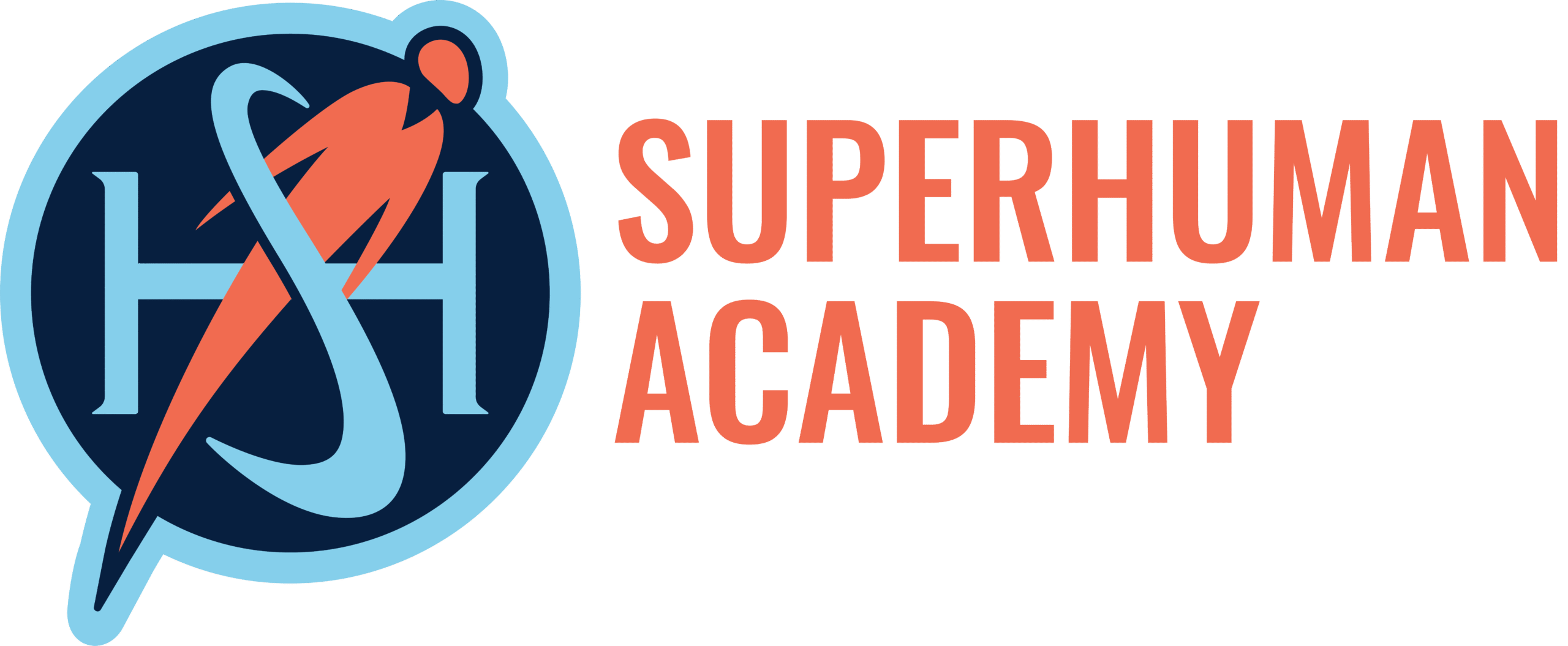
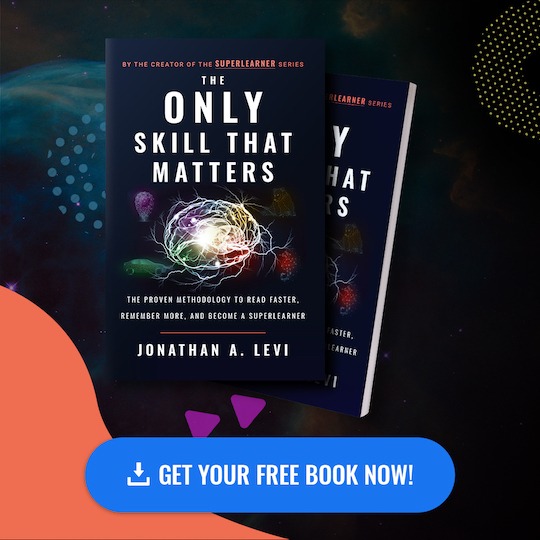




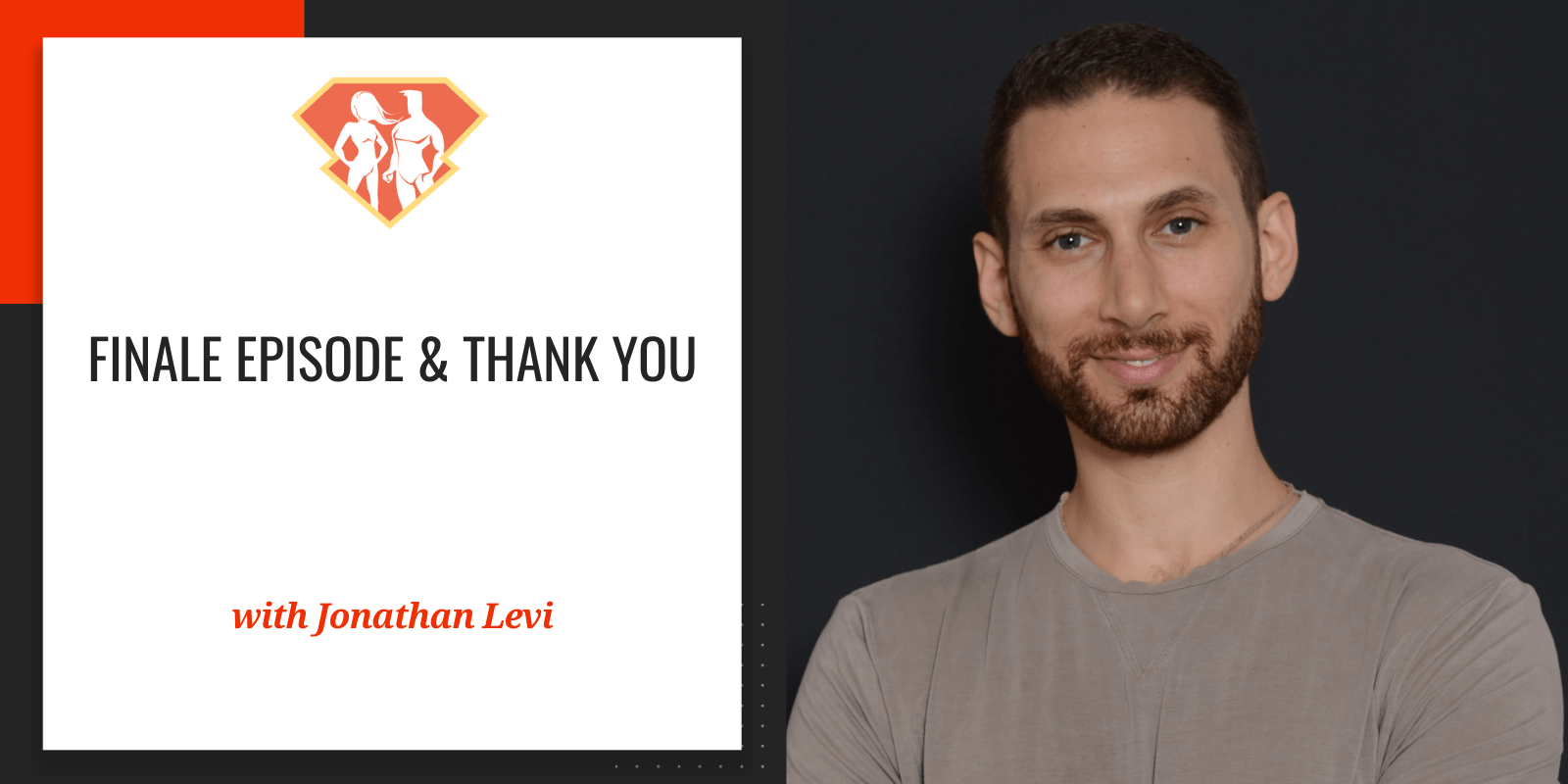


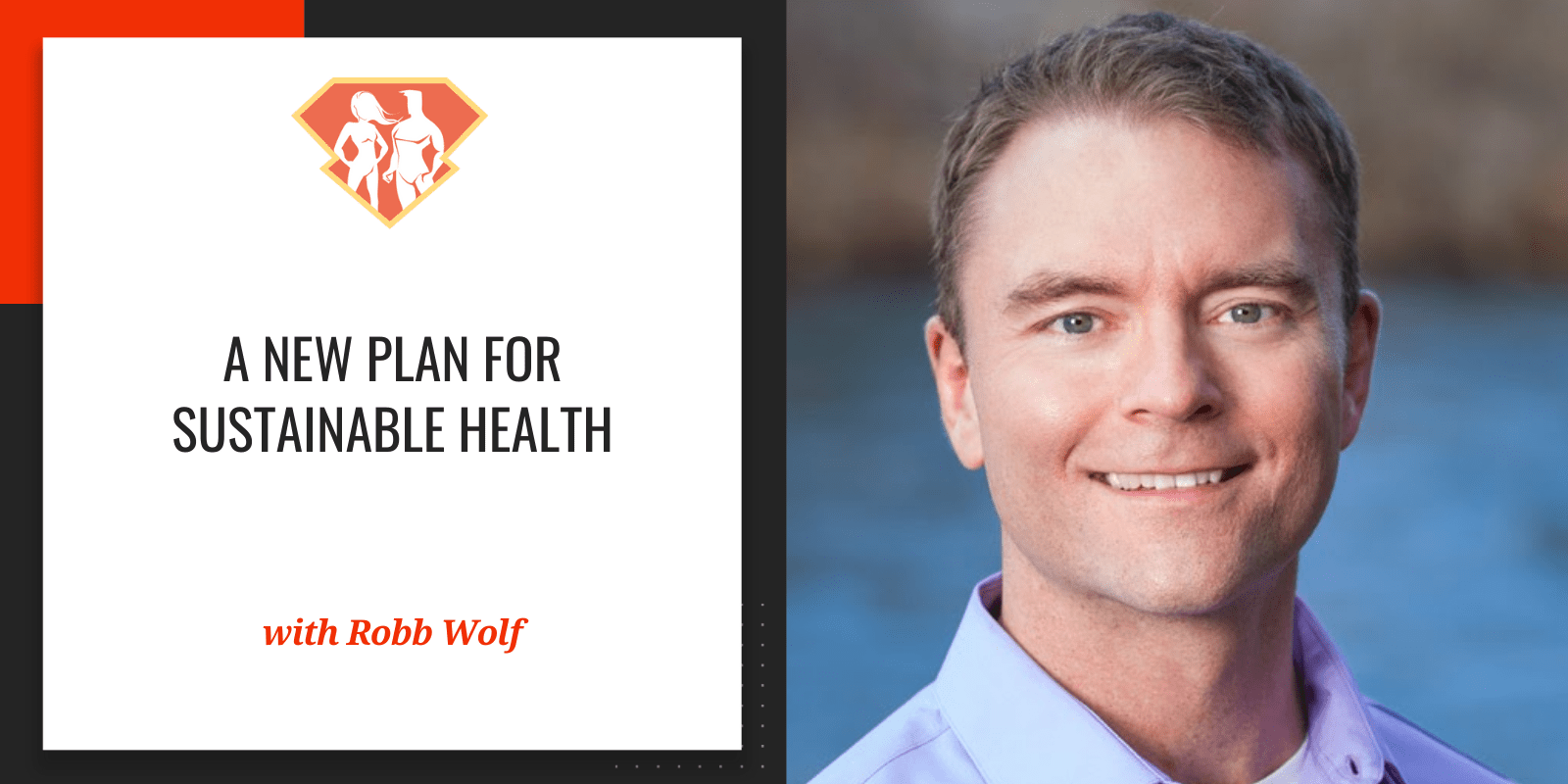
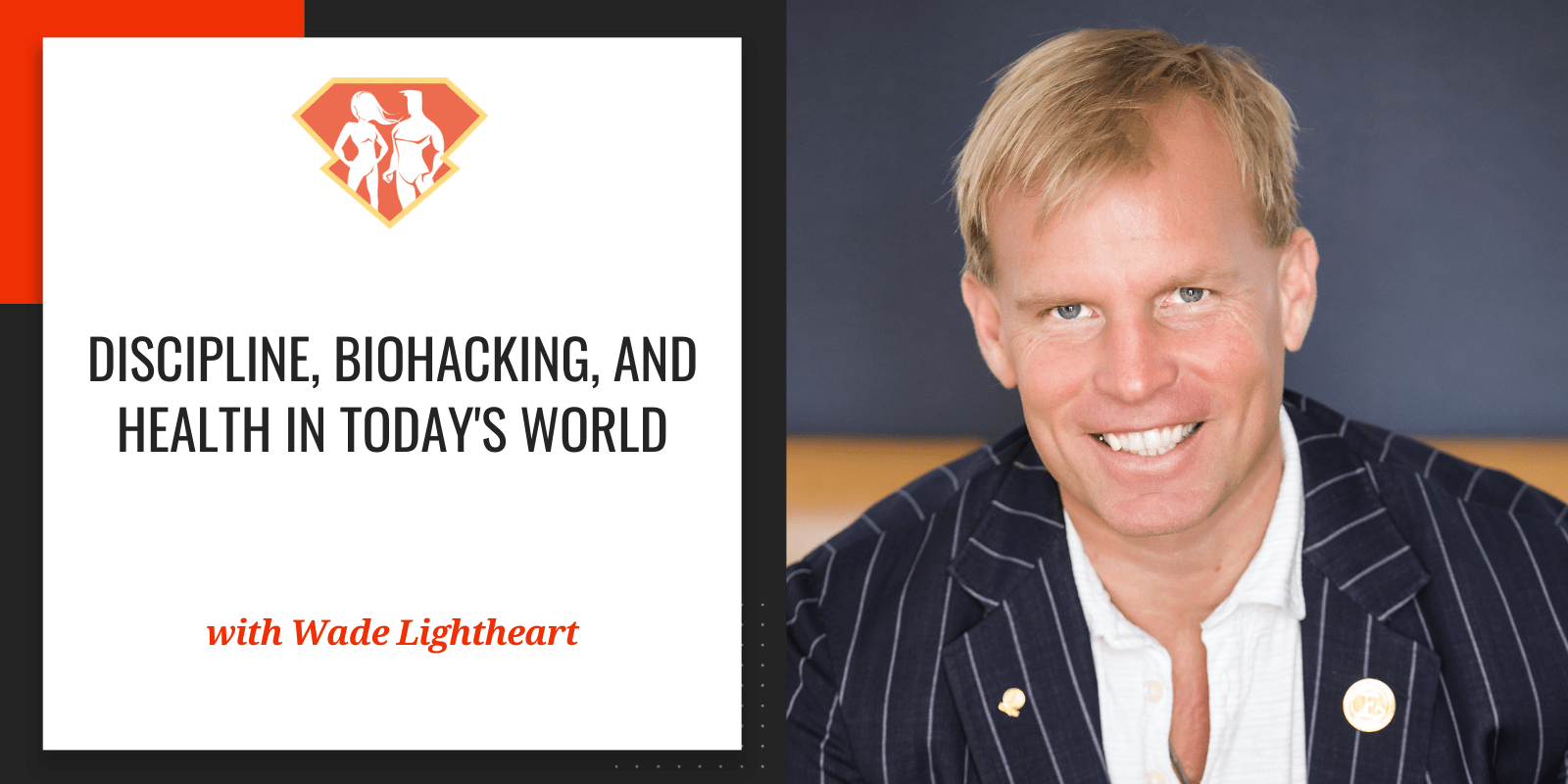
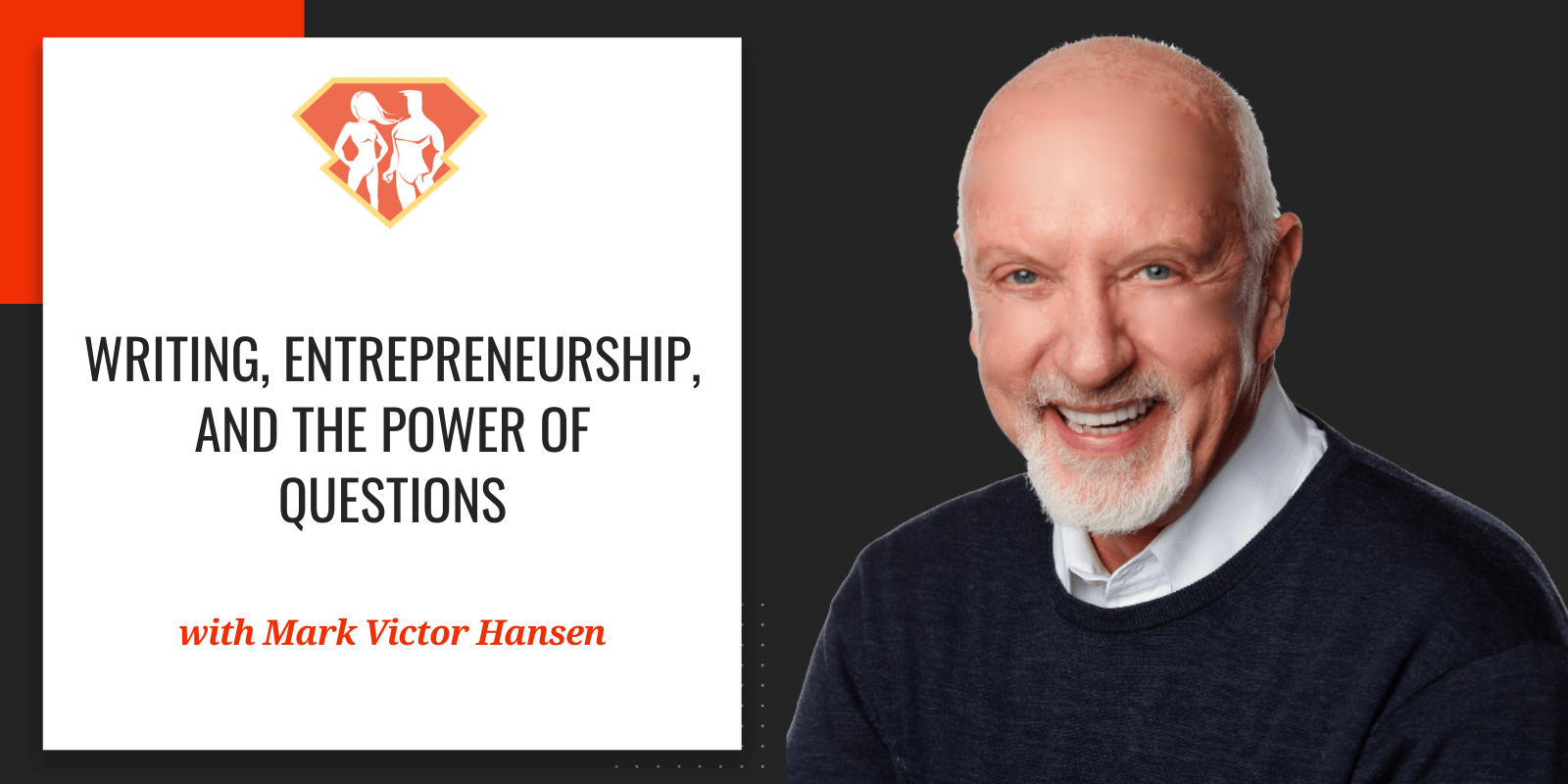

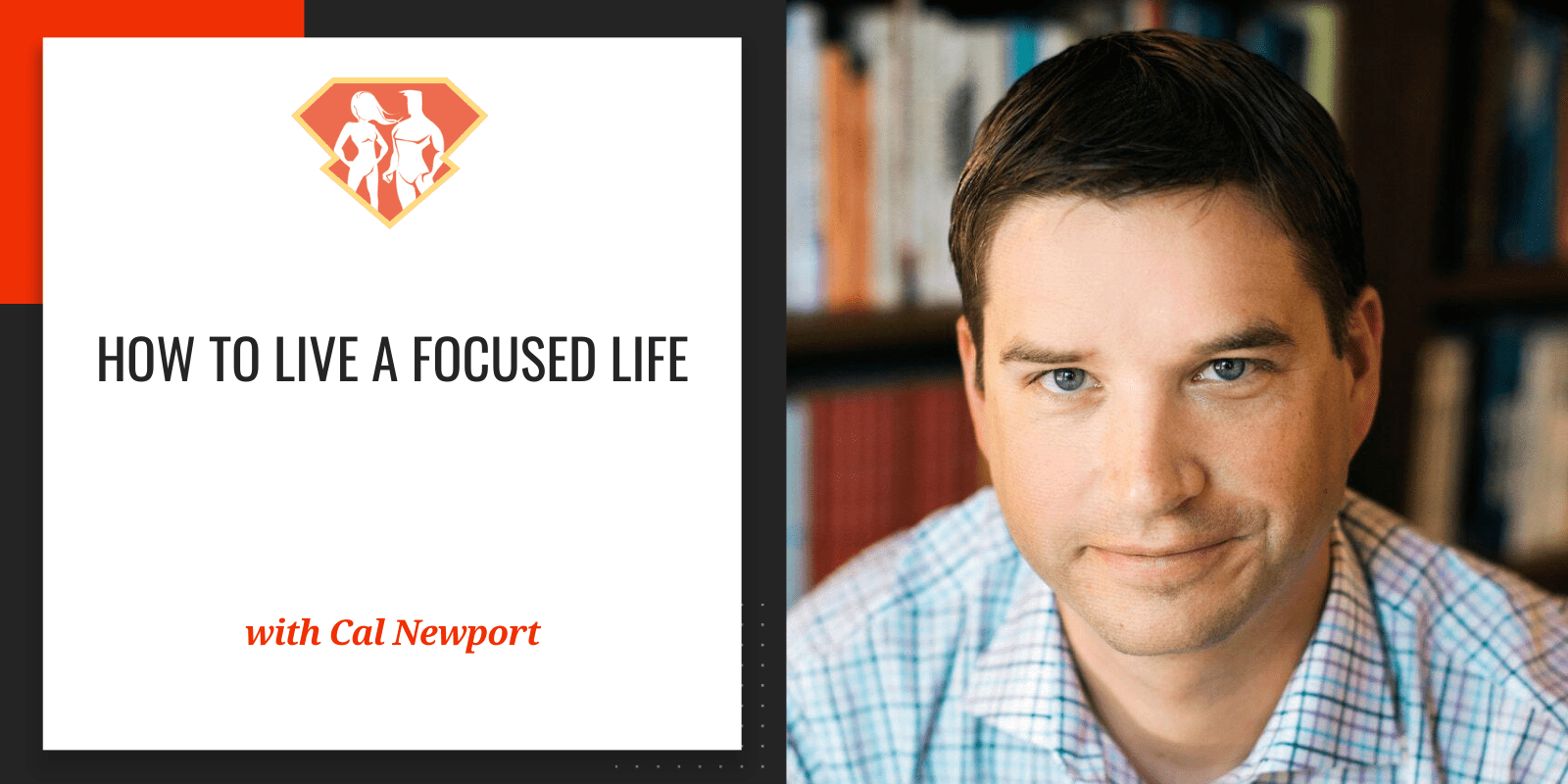
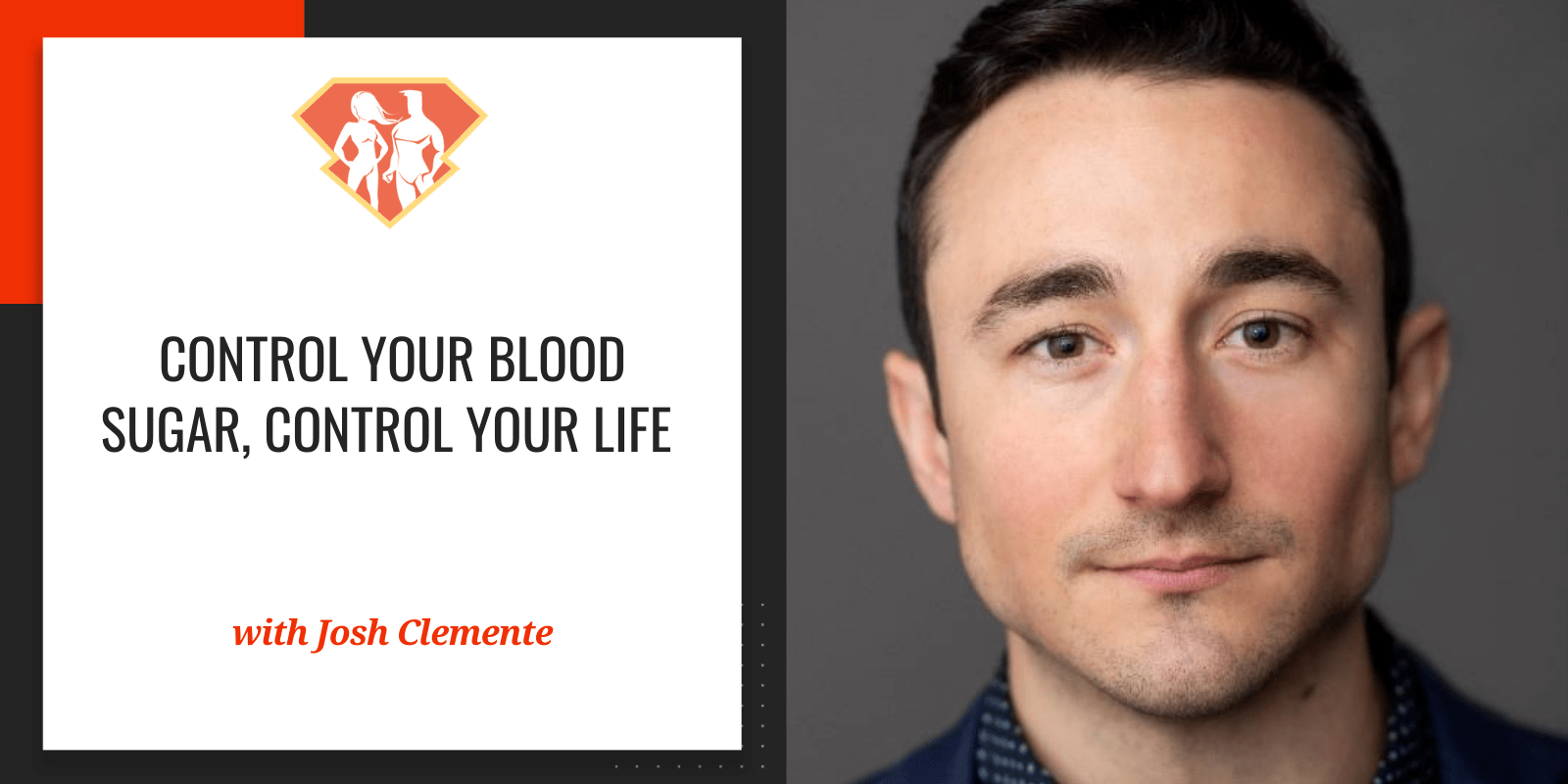
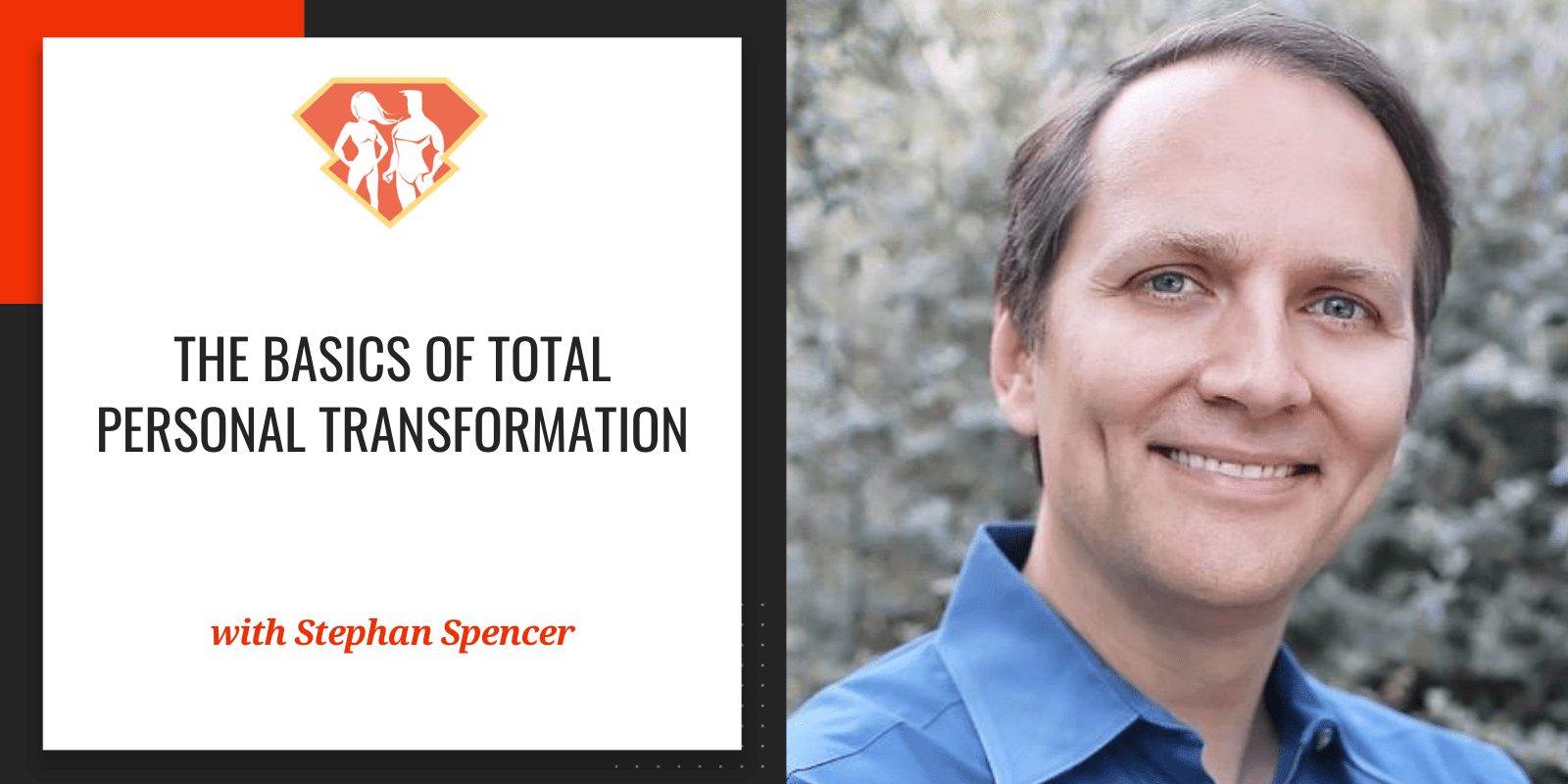
4 Comments
Thanks, I learned a lot of interesting things in past episodes.
loved th heart and the depth of the conversation. The way that Dr. Metivier shared from his enormous experience and insights was just amazing. Thank you Jonathan for doing this podcast!! 🙂
Great interview with Dr. Greg Wells! He mentioned a doctor from Colorado around the 42:30 point of the podcast, discussing turmeric and black pepper. I couldn’t make out the doctor’s name. Can you provide me with his full name and maybe his website or contact info. Interested in his products.
Thanks,
Rob
I am new here, and learning really fast.
Thank you.